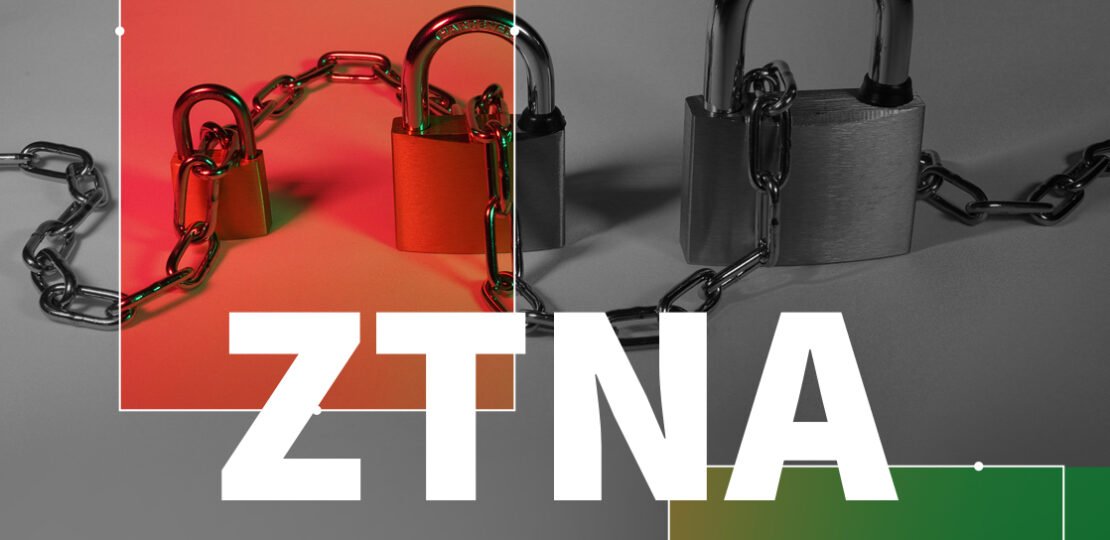Top 5 Benefits of Implementing ZTNA Security in Your Business
July 21, 2024 | by irfanyounas7.sk45@gmail.com

Zero trust network access security is a comprehensive approach to securing applications, assets, and networks. It operates on the “zero trust, always verify” principle by treating all devices and users as untrusted outsiders.
It also offers a more granular level of visibility into application activity, making unusual behavior and malicious intent much more accessible to detect. It is available as both agent-based and service deployment models, with the latter offering a more straightforward setup without requiring an agent on each endpoint device.
Enhanced Security
The Zero Trust Network model provides a more secure, effective way to protect data and prevent network attacks. Unlike legacy solutions, such as VPNs and NAC, ZTNA security models are designed to automatically deny access to users unless they meet specific criteria, eliminating the ability of hackers to move laterally across networks. This protects user devices, workloads, and even OT/IoT and cloud systems from breach and compromise.
In addition, ZTNA security separates application access from network access. This is critical as modern trends like cloud migration, Direct Internet Access (DIA), and work-from-anywhere (WFA) have dissolved the traditional network perimeter, allowing malware-compromised BYOD endpoints to infect an entire network. With ZTNA, application access is delivered via a secure tunnel to an invisible infrastructure, eliminating this risk.
The underlying architecture of a Zero Trust security solution makes it more agile than many other legacy options, making it an excellent choice for today’s hybrid workflows. It can easily support remote users, HQ workers, branch offices, and third-party contractors without requiring any hardware or implementing complex rules. It also helps businesses reduce security risks by granting access only to those who need it and making changes to permissions as necessary.
Improved Controls
Many legacy security solutions, like firewalls, are flexible; modifying them can take time and effort. ZTNA security solutions, on the other hand, are more agile and can be easily modified to meet the business’s needs. This helps eliminate gaps in security policies that could allow a rogue employee to access critical apps, data, or services.
Zero Trust Network Access also helps minimize insider threats by ensuring that only verified employees can access the information hosted within the organization’s network. This is achieved by utilizing granular access protocols and a strict policy framework, allowing businesses to better adhere to stringent data protection regulations.
Furthermore, by enabling micro-segmentation and the least privilege access principle, ZTNA significantly reduces an organization’s attack surface. This further mitigates the risk of breaches by preventing lateral movement and limiting the impact of compromised account credentials. Additionally, it ensures that contractors and other third parties only have access to the necessary resources based on defined access policies. The result is a more secure, reliable, and seamless experience for remote users.
Increased Efficiency
Unlike traditional VPNs, ZTNA does not assume a given flow is trustworthy. Instead, it evaluates each new connection afresh because many things could have changed since the last time the flow was allowed, including the fact that the user or device may have become compromised or policies could have been updated.
ZTNA is ideally suited for controlling third-party access to corporate applications and assets. Administrators can easily set permission levels based on identity and context, such as preventing connections from unpatched devices or limiting access to specific data assets. This visibility and control can help businesses meet compliance requirements, especially in regulated industries such as healthcare.
In addition, it can help organizations enable hybrid working without compromising cybersecurity health. Rather than using VDI or terminal services, ZTNA can allow remote employees to securely connect to private apps over the bare internet, reducing networking complexity, latency, and cost. This can also open up a wider talent pool for a business and make it more attractive to potential hires.
Enhanced Compliance
The Zero Trust model makes businesses more compliant by limiting access to sensitive data and applications only to those needing it. This eliminates lateral movement in the network by granting direct, segmented access based on identity and context. Zero Trust security also helps to protect workloads from attacks by negating the ability of threats to communicate between them and the enterprise.
When combined with solid endpoint security, ZTNA allows users on a specific device to connect directly to an internal application without contacting the internet, protecting against malware and data leaks. This provides a secure BYOD work experience and supports remote working initiatives while improving the performance of business-critical applications by optimizing data traffic.
In addition, ZTNA solutions can obfuscate internal applications so that they are not visible to the public internet and help mitigate the risk of insider threat. These advanced security systems can also provide visibility and reporting to detect rogue activities and ensure that only valid users are granted access to critical applications. This is particularly important to protect against malware like ransomware, which encrypts data and renders it unusable.
Lower Cost
In addition to reducing the risk of data breaches and minimizing the impact of attacks that do occur, zero-trust network access solutions offer lower costs. This is because the infrastructure is not connected to the corporate network, and users connect directly to applications through a secure tunnel, eliminating the need for costly VPN infrastructure.
Additionally, Zero Trust enables microsegmentation through a software-defined security perimeter. This allows the organization to protect different network parts from cyberattacks by restricting their attack surface and preventing lateral movement once an account is compromised.
A ZTNA solution can also be deployed in a cloud model, reducing costs by eliminating the need for on-premise hardware and enabling users to access applications without connecting their devices to the corporate network. This is an essential feature for organizations with remote workers or a mixed hybrid work environment, often requiring employees to access applications on their devices. In addition, a cloud-based solution can be deployed in a matter of days compared to weeks or months for on-premise infrastructures.
RELATED POSTS
View all
